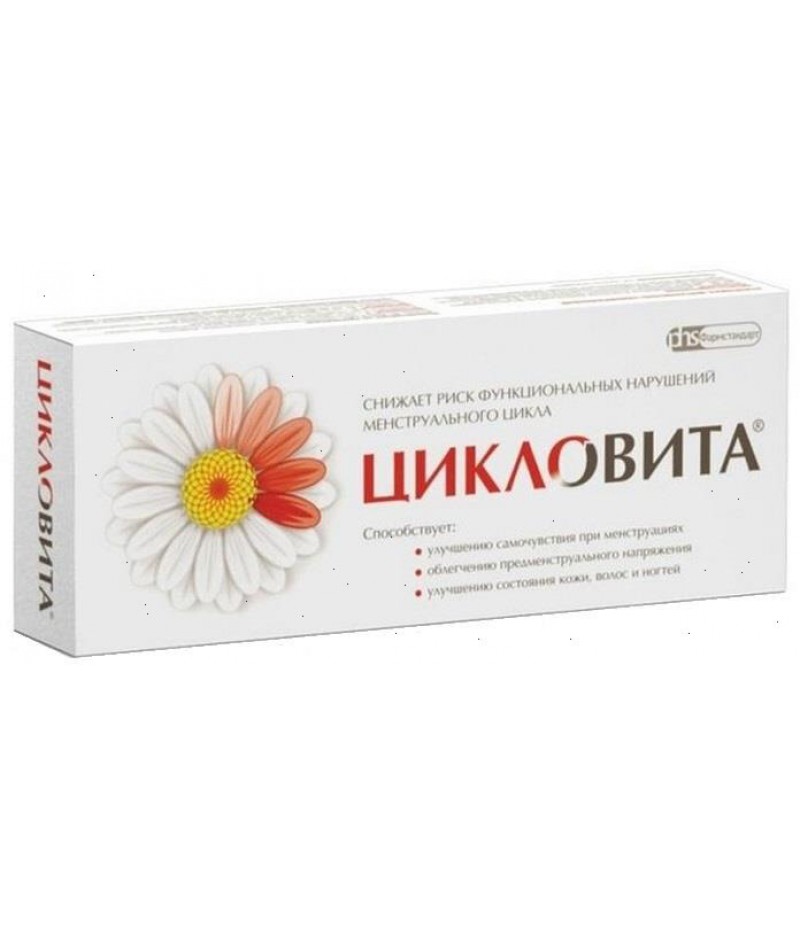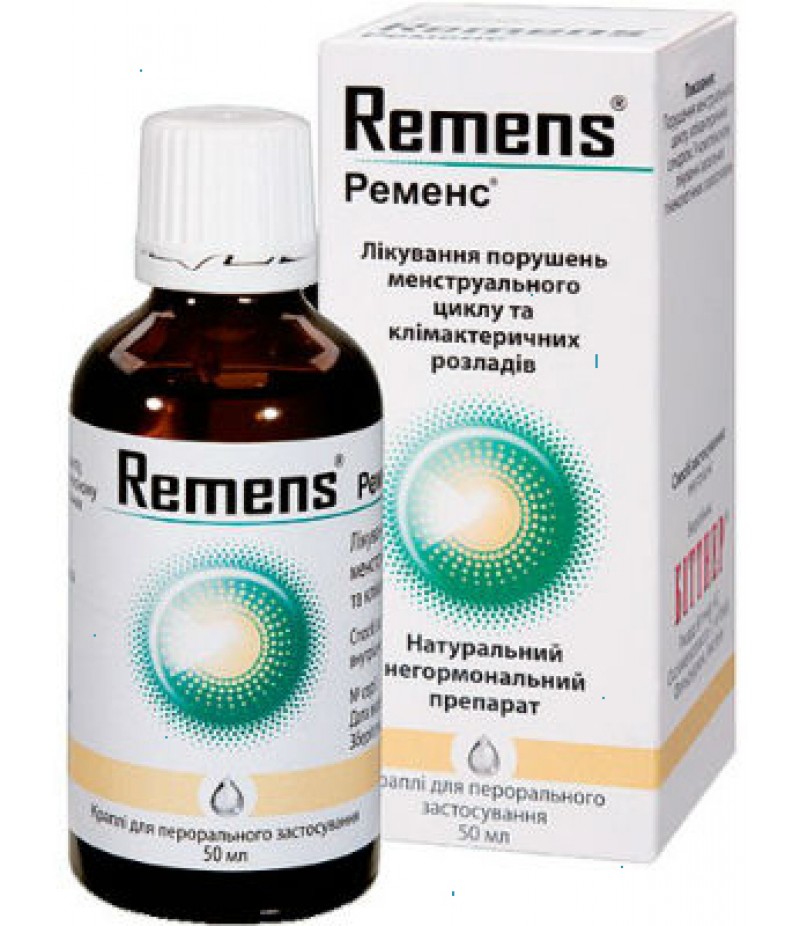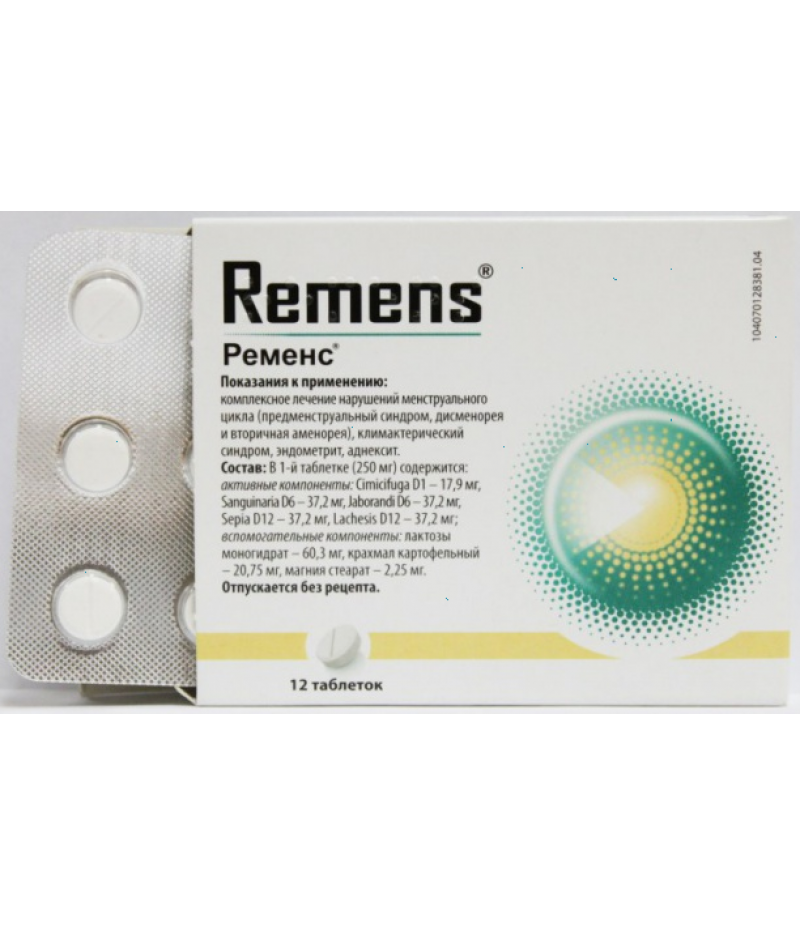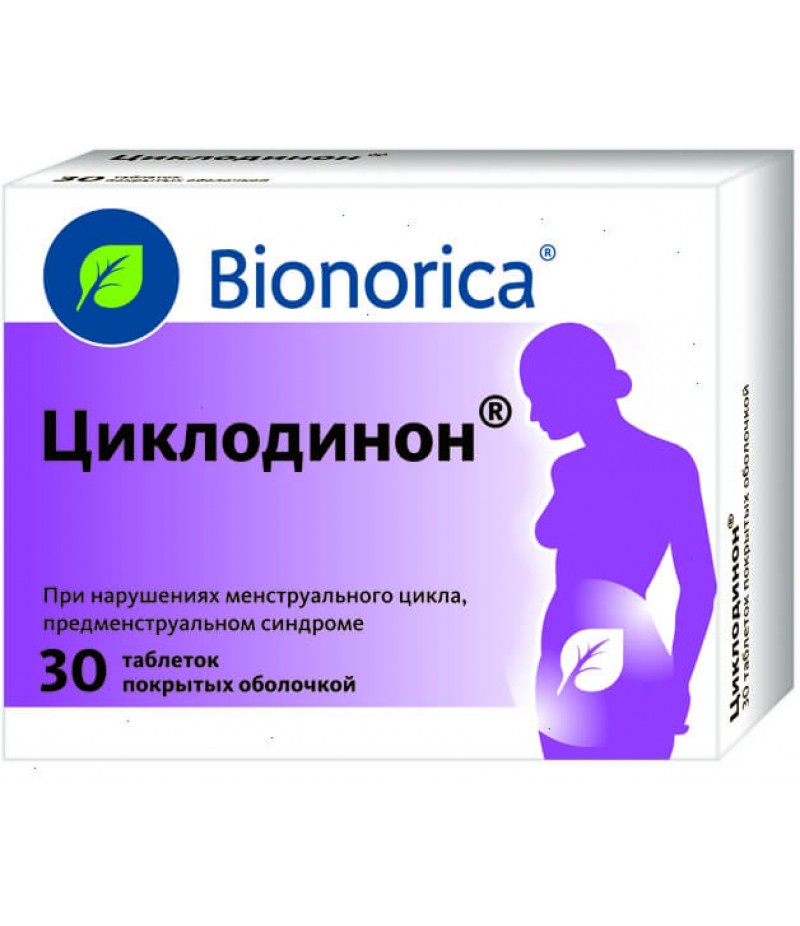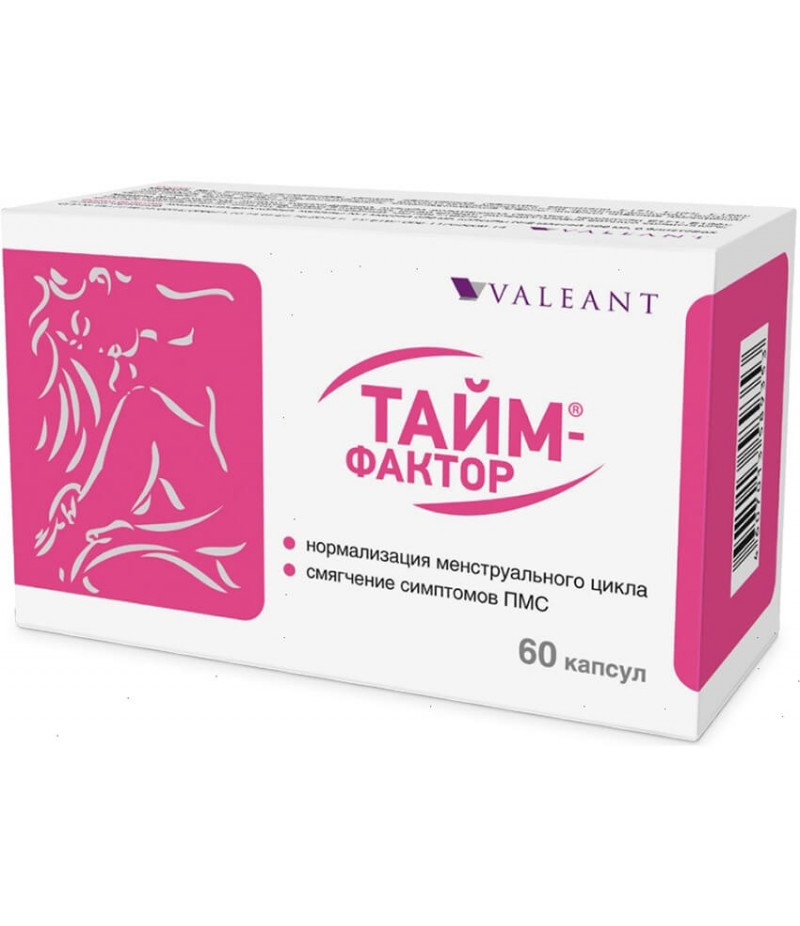Cyclovita tabs #42
- $25.58
- 3 or more $25.20
- Availability:In Stock
Cyclovita instruction for useReed more and buy Cyclovita on this pageComposition 1 tablet "Cyclovita 1" contains: active ingredients: vitamin C * (ascorbic acid) 200 mg (286%), rutin 30 mg (100%..
Tags: tabs
Cyclovita instruction for use
Reed more and buy Cyclovita on this page
Composition
1 tablet "Cyclovita 1" contains:
active ingredients: vitamin C * (ascorbic acid) 200 mg (286%), rutin 30 mg (100%), vitamin E * (α-tocopherol acetate) 15 mg (150%), zinc (in the form of zinc sulfate 7-water) 12 mg (80%), nicotinamide 8 mg (40%), vitamin B2 * (riboflavin) 5 mg (278%), vitamin B6 * (pyridoxine hydrochloride) 5 mg (250%), calcium pantothenate 5 mg (100%) , vitamin B1 * (thiamine hydrochloride) 4 mg (267%), lipoic acid (thioctic acid) 3 mg (10%), manganese * (in the form of manganese sulfate 5-water) 2.5 mg (125%), lutein 0 , 5 mg (10%), folic acid * 400 μg (200%), vitamin A (retinol acetate) 0.17 mg (500 IU) (17%), selenium dence selenite) 50 mg (71%), * vitamin B12 (cyanocobalamin) 6 g (200%), vitamin D3 (Kolekaltsiferol) 5 mcg (200 IU) (100%).
1 tablet "Cyclovita 2" contains:
active ingredients: vitamin C * (ascorbic acid) 250 mg (357%), vitamin E * (α-tocopherol acetate) 40 mg (400%), rutin 15 mg (50%), nicotinamide 5 mg (25%), zinc (in the form of zinc sulfate 7-water) 4 mg (27%), calcium pantothenate 2.5 mg (50%), lipoic acid (thioctic acid) 2.5 mg (8.3%), vitamin B6 (pyridoxine hydrochloride) 1 mg (100%), vitamin B1 (thiamine hydrochloride) 1 mg (67%), vitamin B2 (riboflavin ) 1 mg (56%), manganese (in the form of manganese sulfate 5-water) 0.6 mg (30%), vitamin A (retinol acetate) 0.57 mg (1650 IU) (57%), folic acid (100%), iodine (as sodium iodide) 75 μg (50%), selenium (in the form of sodium selenite) 27.5 μg (39%), vitamin D3 (colcalciferol) 2.5 μg (100 IU ) (50%), vitamin B12 (cyanocobalamin) 1.5 μg (50%);
auxiliary substances: sugar, starch, kaolin (E 559), titanium dioxide (E 171), gum arabic (E 414), shellac, polyvinylpyrrolidone (E 1201), talc (E 553), citric acid (E 330), calcium stearate E 470), quinoline yellow (E 104), sunset sunset (E 110), indigo carmine dye (E 132), beeswax.
* the content does not exceed the upper permissible level of consumption
** recommended daily requirement
Packaging - 42 tablets.
pharmachologic effect
Cyclovita is a biologically active food additive, it is the source of 12 vitamins, 5 minerals, rutin and lutein. This vitamin and mineral complex is created specifically to take into account the cyclical changes in the woman's body and the associated changes in the need for vitamins and trace elements in different phases of the menstrual cycle. The action of Cyclovita 1 and Cyclovita 2 is due to the effects of the constituent components.
The compatibility of the components that make up Cyclovita 1 and Cyclovita 2 is provided with a special technology.
The composition of the biologically active additive Cyclovita 1 and Cyclovita 2 includes:
Vitamin A (retinol acetate) is necessary for bone growth, synthesis of steroid hormones, normal reproductive function, embryonic development, for regulation of division and differentiation of the epithelium. Participates in the formation of visual pigments, necessary for twilight and color vision.
Vitamin B1 (thiamine hydrochloride) plays an important role in protein, carbohydrate and fat metabolism, as well as in the processes of nervous excitation. Protects cell membranes from the toxic effects of peroxidation products. Normalizes the activity of the endocrine system, as well as the cardiovascular, central and peripheral nervous system.
Vitamin B2 (riboflavin) regulates redox processes, participates in tissue respiration, carbohydrate, protein and fat metabolism, as well as in the synthesis of hemoglobin and erythropoietin. It is necessary to maintain normal visual function, as well as normal intestinal microflora. Has gonadotropic action, participates in the exchange of estrogens.
Vitamin B6 (pyridoxine hydrochloride) is involved in the metabolism; is necessary for the normal functioning of the central and peripheral nervous system. Promotes increased absorption of magnesium in the intestine and potentiates its pharmacological effects. Replenishes the deficiency of pyridoxine, which can occur when taking oral contraceptives and other estrogen-containing drugs. Pyridoxine deficiency is a risk factor for the development of premenstrual syndrome (PMS), since it plays an important role in the metabolism of tryptophan, serotonin and gamma-aminobutyric acid (GABA), the lack of which can lead to the development of PMS. Lack of pyridoxine can also lead to a deficiency of progesterone.
Vitamin B12 (cyanocobalamin) is necessary for the formation of deoxyribose and DNA, creatine, methionine, lipotropic factor - choline. Vitamin B12 is involved in the formation of myelin, which forms the envelope of nerve fibers. It is necessary for normal hematopoiesis - promotes the maturation of red blood cells, and also increases the resistance of red blood cells to hemolysis. Reduces the concentration of cholesterol in the blood. Has a beneficial effect on the function of the liver and nervous system. Vitamin B12 plays a key role in the processes of ovulation, so it is especially important to ensure its sufficient intake in the first phase of the menstrual cycle.
Vitamin C (ascorbic acid) is involved in the regulation of oxidation-reduction processes, carbohydrate metabolism, blood clotting, tissue regeneration; increases the body's resistance to infections, reduces the permeability of the vascular wall. Due to the activation of respiratory enzymes in the liver, it intensifies its detoxification and protein-forming functions. Vitamin C plays an important role in maintaining the hormonal status of the organism, participating in the synthesis of steroid hormones. With a deficiency of progesterone in the second (luteal) phase of the menstrual cycle, ascorbic acid helps restore its level.
Vitamin E (α-tocopherol acetate) has an antioxidant effect: it inhibits free radical oxidation reactions and unsaturated fatty acids, prevents the formation of peroxides damaging cell membranes. It is necessary for the synthesis of sex hormones, it normalizes the ratio of progesterone and estradiol, which is especially important in the second phase of the menstrual cycle.
Kolekaltsiferol (vitamin D3) is involved in the regulation of calcium-phosphorus metabolism, increases the absorption of calcium in the intestine and the reabsorption of phosphates in the kidneys. Promotes the mineralization of bones, the formation of the bone skeleton and teeth, is necessary for the normal functioning of the parathyroid glands.
Nicotinamide (vitamin PP) is involved in the metabolism of fats, proteins, amino acids, purines, tissue respiration, glycogenolysis. Has an antipellagic effect.
Lutein is a pigment belonging to the group of oxygen-containing carotenoids. It is necessary for the normal functioning of the retina. Protects the eyes from damage resulting from exposure to ultraviolet light, is a component of the antioxidant system of the retina. Lutein accumulates in the granular cells of the ovary and is involved in the formation of the yellow body.
Folic acid is involved in the synthesis of amino acids, nucleic acids, purines, pyrimidines, in the exchange of choline, histidine, stimulates blood formation. Has gonadotropic action, participates in the exchange of estrogens.
Calcium pantothenate plays an important role in the processes of acetylation and oxidation, participates in carbohydrate and fat metabolism. It is necessary for the synthesis of steroid hormones.
Lipoic acid (thioctic acid) plays an important role in the energy balance of the body, participates in the regulation of lipid and carbohydrate metabolism, has a lipotropic and antioxidant effect, affects cholesterol metabolism, improves liver function, and also improves the trophism of nerve cells.
Rutin has an angioprotective effect: it reduces the rate of water filtration in capillaries and their permeability to proteins. In the presence of venous insufficiency, lymphostasis reduces edema of the lower extremities.
Selenium is a microelement that is part of all cells of the body. Provides antioxidant protection of cell membranes, enhances the action of vitamin E. It plays an important role in maintaining the hormonal status of the organism, participating in the metabolism of thyroid hormones.
Copper promotes antioxidant protection of cells, prevents anemia and oxygen starvation of organs and tissues, helps reduce the risk of osteoporosis. It is necessary for the synthesis of collagen and elastin; strengthens the walls of blood vessels.
Manganese plays an important role in the metabolism of cells, is part of the active center of many enzymes, it is involved in protecting the body from the harmful effects of peroxide radicals.
Iodine participates in lipid and protein metabolism; is necessary for the normal function of the thyroid gland and the synthesis of thyroid hormones involved in maintaining the hormonal status of the organism, including reproductive function.
Zinc is part of the main enzymes involved in various biochemical reactions. Stimulates the processes of skin regeneration and hair growth, and also has an immunomodulatory effect. Zinc is necessary for the synthesis and secretion of luteinizing and follicle-stimulating hormones in the pituitary gland.
Clinical studies of dietary supplements Cyclovita conducted in the Ivanovo State Medical Academy have shown that in women with functional disorders of the menstrual cycle, such as irregular menstruation, painful menstruation and premenstrual tension syndrome (including breast engorgement and tenderness), use of Cyclovita 1 supplements Cyclovita 2 for 3 months resulted in a decrease in the severity of pain during menstruation, premenstrual tension and contributed to the formation of a regular menstrual cycle. Application of dietary supplements Cyclovita 1 and Cyclovita 2 for 3 months eliminated manifestations of vitamin deficiency (fatigue, weakness, mood instability, sleep disorders, cracks in the corners of the mouth, brittle nails), normalizing the content of vitamins and minerals to the blood in the corresponding phases of the menstrual cycle, and contributed to the improvement of the skin condition (reduction of the fatness of the face and acne, seborrhea of the scalp), hair, nails and normalization of the psychoemotional state.
Indications
It is recommended as a biologically active food additive - an additional source of vitamins A, C, D, E, group B (B1, B2, B6, B12, calcium pantothenate, nicotinamide, folic acid), lipoic acid, mineral elements (selenium, copper, manganese, iodine, zinc), routine and lutein for women of reproductive age.
Contraindications
Individual intolerance of components, pregnancy and lactation.
Dosing and Administration
Inside, with food, with plenty of fluids.
Duration of admission is 1 month. If necessary, repeated receptions are possible.
Recommended reception scheme
- CYCLOVITA 1 - in the first phase of the menstrual cycle (from 1 to 14 days from the 1st day of menstruation), 1 tablet a day;
- CYCLOVITA 2 - in the second phase of the menstrual cycle (from the 15th to the 28th day of the 1st day of menstruation), 2 tablets per day (1 tablet in the morning and in the evening).
With a regular menstrual cycle lasting 28 days, take CYCLOVITA 1 from the 1st day of the menstrual cycle for 14 days until the middle of the cycle, then take CYCLOVITA 2 for the next 14 days; with the onset of the next menstrual cycle, without interruption, to begin the reception of Cyclovita.
With a regular menstrual cycle lasting less than 28 days, take CYCLOVITA 1 from the 1st day of the menstrual cycle until the middle of the cycle, then go on to receive Cyclovita 2; with the onset of the next menstrual cycle to begin the reception of Cyclovita 1.
With a regular menstrual cycle lasting more than 28 days, take Cyclovita 1 from the 1st day of the menstrual cycle for 14 days, then take CYCLOVITA 2 for the next 14 days, then take a break from taking the dietary supplements and start a new course for taking Cyclovita from 1 the day of the next menstrual cycle.
In the absence of regular menstruation, one should take Cyclovita 1 from the 1st day of the menstrual cycle within 14 days, then go on to receive Cyclovita 2 within the next 14 days, then proceed to the next course of taking Cyclovita 1 and Cyclovita 2 without interruption.
Side effects
Allergic reactions.
special instructions
It is not a medicinal product. Before use, it is recommended to consult a doctor.
Storage conditions
In a dry place inaccessible to children at a temperature not exceeding + 25 ° C.
Shelf life - 2 years.

